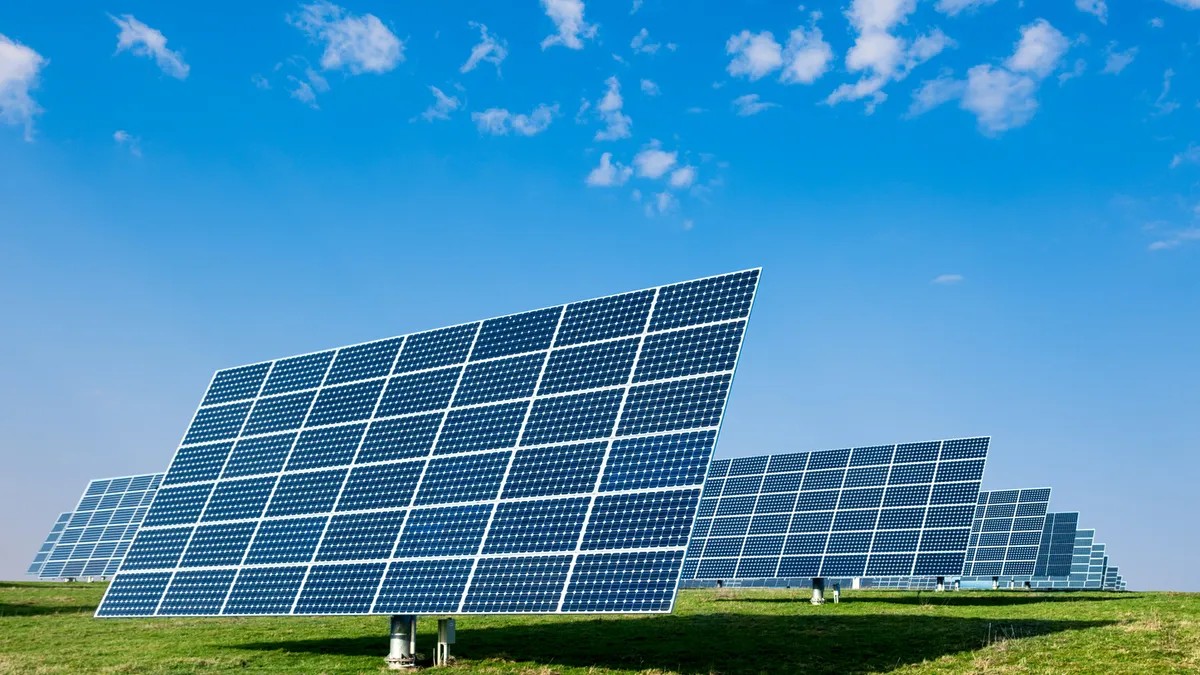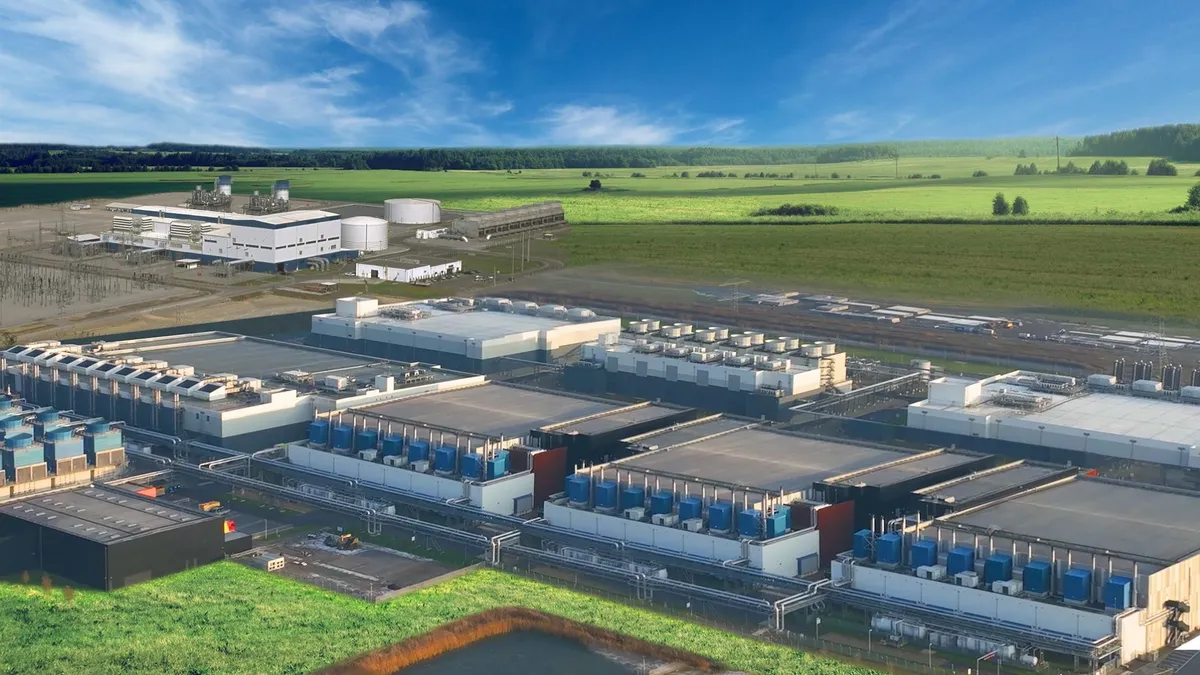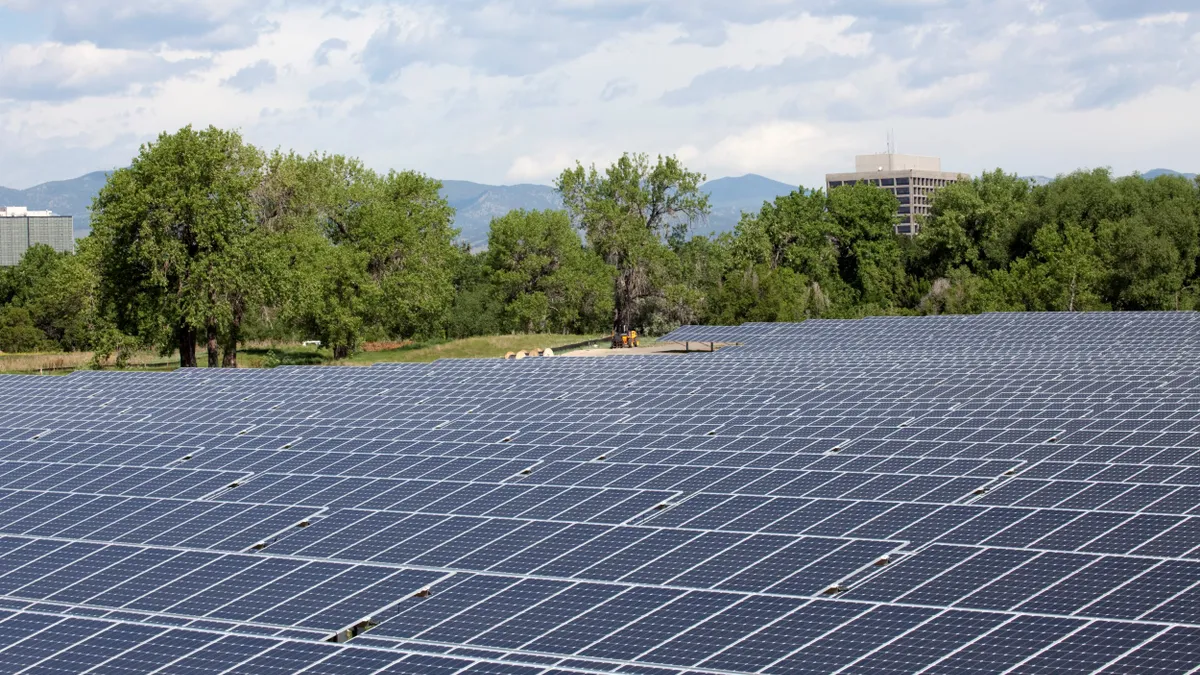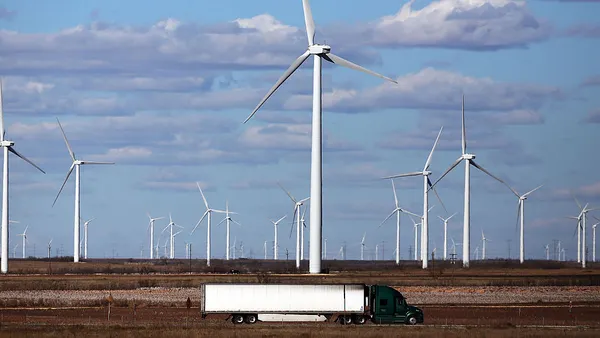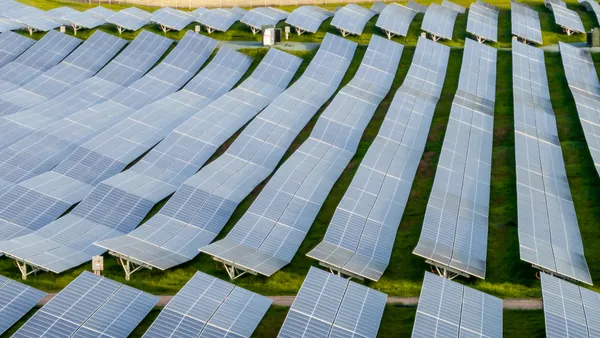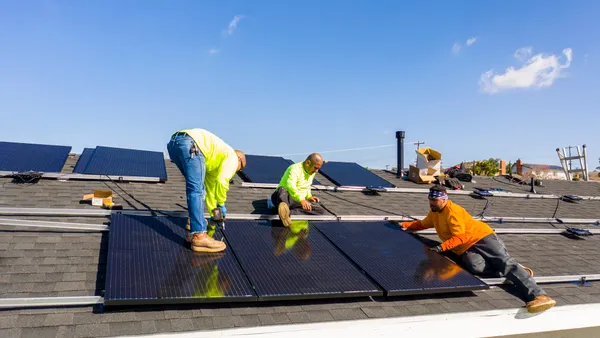Dive Brief:
- The Maryland Public Service Commission (PSC) last week finalized rules for a three-year pilot that is expected to help develop 192.1 MW of community solar.
- Utilities have just over a week to file revised copies of their community solar rates. Regulators had set the limit at 1.5% of Maryland peak demand, resulting in a smaller amount of capacity despite a staff recommendation that the program builds 225 MW.
- The Coalition for Community Solar Access (CCSA) said they believe the new program could help Maryland become one of the top five states for solar development.
Dive Insight:
Solar advocates rushed out statements praising the PSC's move to finalize community solar rules, predicting it will result in rapid growth of the state's clean energy economy. The commission gave utilities just two weeks to submit updated tariffs, signaling a readiness to move forward quickly.
CCSA Executive Director Jeff Cramer said in a statement the coalition's members "are ready to get to work building projects and expanding access to solar for all in Maryland. With today’s Commission decision, we believe Maryland is now positioned to become one of the top five community solar markets in the nation."
Solar developers pushed to have all of the capacity available in the first year of the program, but regulators chose to move more deliberately.
The commission's order said regulators believed allocating all pilot program capacity at the outset "is not in the best interests of the pilot program." The PSC said it wanted to "encourage Marylanders and companies to participate in the program, and it is concerned that allocating all pilot program capacity through the Year 1 application process may prohibit possible pilot program entrants from participating."
However, addressing developers' needs for project certainty, the commission allowed projects wait-listed in one year a first chance at the next year's list. The three-year pilot, initially approved last summer, will allow renters to contract for solar energy, and includes about 60 MW for projects focused on low and moderate income customers.



